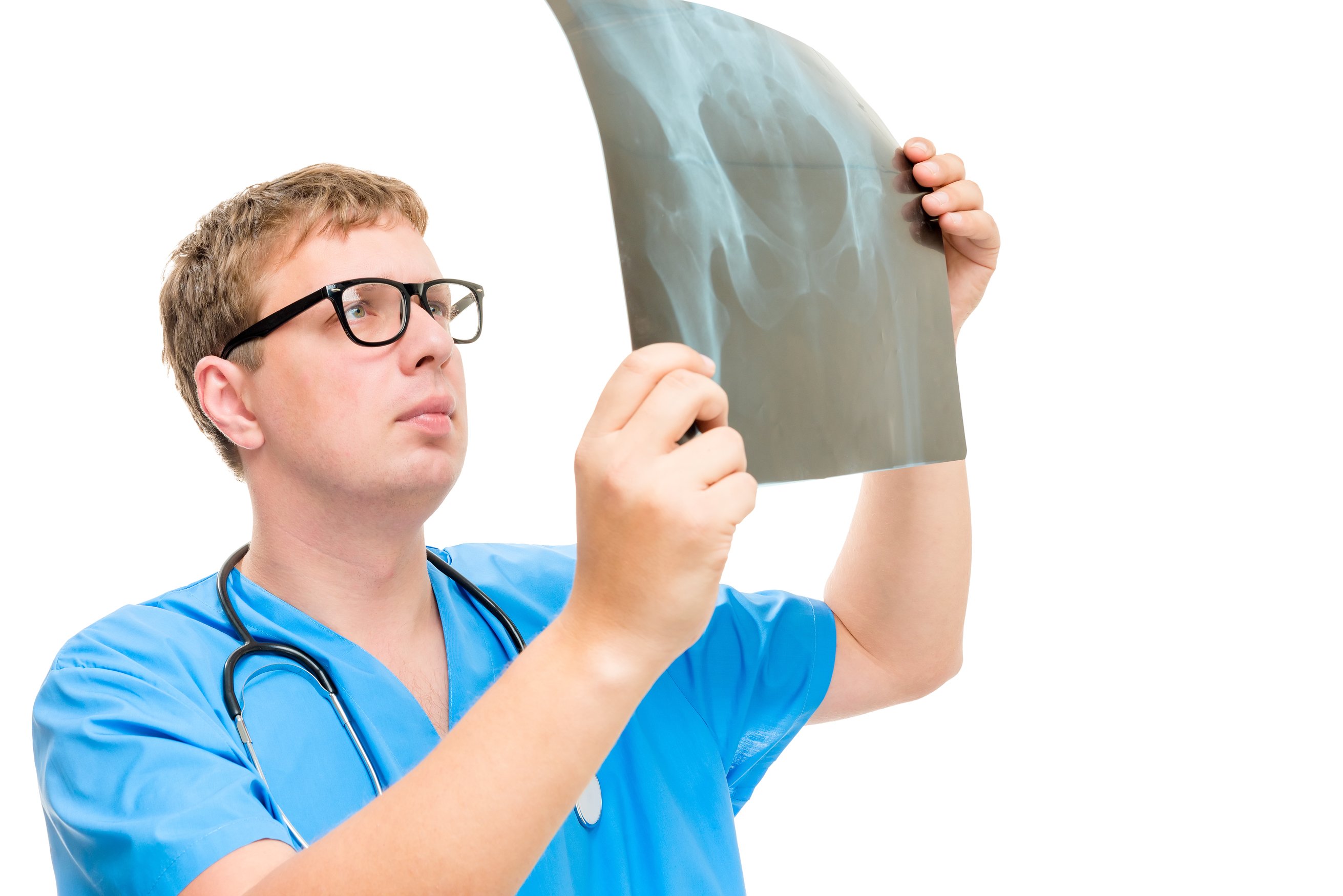
Every year in May I always think of my mother, but not just because Mother’s Day is in May. May is also National Osteoporosis Awareness and Prevention Month and my mother suffered for over a decade with it, eventually dying from complications of osteoporosis.
Osteoporosis is a condition of having weak bones, making them more likely to break. Nearly 54 million Americans have low bone mass or osteoporosis, according to the National Osteoporosis Foundation (NOF), a health organization dedicated to preventing osteoporosis and broken bones though awareness, education and research.
This silent but devastating disease affects more women than men. Women have a 50% chance of suffering a hip, spine or wrist fracture in their lifetime and nearly 30% of men will experience an osteoporosis-related fracture.
It’s just a broken bone, right? Unfortunately, osteoporosis is not just painful, it can be deadly: one in four women and one in three men WILL DIE WITHIN 1 YEAR of having a hip fracture. If you are female, your risk of having a bone break from osteoporosis is equal to your risk of breast, uterine and ovarian cancer COMBINED.
My mother broke her left wrist when she was 74 years old, tripping in downtown Seattle while trying to catch a bus. Four years later she fell when getting out of bed in the middle of the night to use the bathroom. Despite my pleas to see her doctor, she hobbled around on it for nearly 2 weeks, thinking she sprained her knee. By the time her persistent pain drove her to seek help, it was too late. The bone ends had slipped and knitted together in that position, leaving her with the discomfort and inconvenience of her right leg one inch shorter than her left one for the rest of her life.
We build nearly 90 percent of our peak bone mass before we turn 20 years old. In middle age, that begins to reverse and we begin losing 1% of our bone mass per year, doubling to 2% per year for women after menopause. Although its complications show up in old age, osteoporosis can start in childhood, as the thinner your bones are to start with, the more likely you’ll experience a fracture later in life.
Here are 5 tips to help keep your bones healthy and strong:
- Get adequate calcium and vitamin D.
Eating a variety of foods rich in calcium is essential to building and maintaining strong bones. Green leafy vegetables like broccoli, Brussels sprouts and kale are good sources of calcium, as are dairy products like milk and yoghurt. A calcium-rich diet is proven more effective at preventing osteoporosis than just taking calcium supplements, but if you are taking bone-building medicines, you may need additional calcium and Vitamin D supplementation.
- Do weight-bearing activities as often as possible.
Walking, cycling, dancing, even gardening will help your body keep your bones strong. Activities like tai chi and lifting light weights strengthen your thigh muscles and improve balance, which helps prevent falls.
- Don’t smoke.
My mother started smoking when she was 18 years old, finally quitting when she was 80. Quitting smoking years earlier could have helped her avoid the fractures that plagued her later years.
- Talk to your doctor about your own risk of osteoporosis.
If you have passed menopause or have taken certain drugs like prednisone, you may already have thinning bones. Testing your bone density helps determine how likely you are to have a bone break in the future and if you are at risk, your bone loss can be slowed with medicine and other strategies. My mother never realized she had thin bones until she broke her wrist. With osteoporosis screening and the bone-building drugs available today, she could have avoided the hip fracture that changed her life so drastically.
- Try eating prunes every day.
A recent study showed that eating prunes every day can make your bones stronger. The study participants ate about 10 prunes every day for a year, but you don’t have to eat that many to benefit your bones. I suggest taking it slowly and building up to what you can manage, as prunes are a natural stool softener.
If you do have osteoporosis, there are many different bone-building drugs now available, from tablets you take every week to every month to injections given daily, every 6 months or even once a year. And even prunes!
To find out more about osteoporosis and how you can prevent it, stop by the National Osteoporosis Foundation website at www.nof.org.


